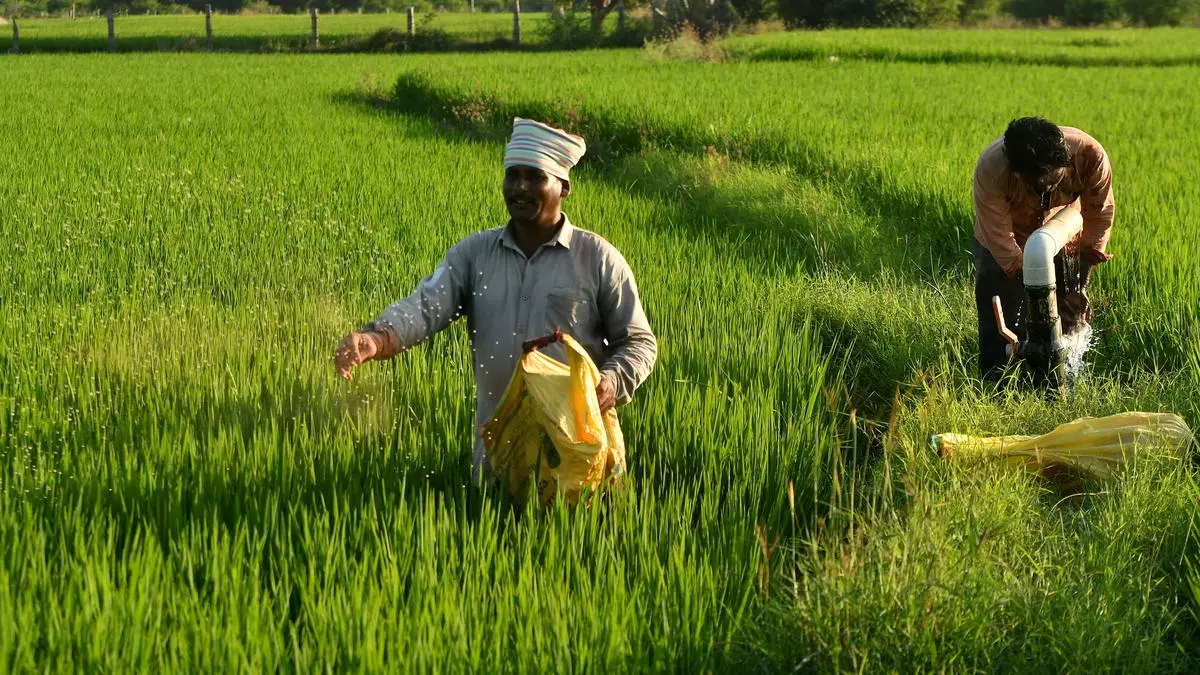Govt considering bringing fertilizer subsidy benefits under Agriculture Ministry
The Government is considering bringing the fertilizer subsidy under the Agriculture Ministry’s budget. The reasoning behind this is that despite such huge outgo released every year for the farmers, it does not get perceived as a farmer-friendly policy as the subsidy is “technically paid” to fertilizer companies based on actual sales records.
However, the challenge is to change the modalities of this payment. There is no direct benefit transfer (DBT) so far in the fertilizer subsidy, unlike PM-Kisan where money is directly transferred to the bank accounts of farmers. “Fertilizer subsidy is a direct benefit intended for the farmers. By bringing it under the Agriculture Ministry, it will show how much expenditure the government has been incurring for the farm sector. The matter of bringing the fertilizer subsidy under the Agriculture Ministry has been deliberated at different levels. If a decision is taken, it may be reflected in the plan for first 100 days of the next government,” a source said.
Asked how is this possible when the government is yet to implement DBT, sources said either it could be through DBT or “coupon system”. But whatever be the modality, farmers will not feel the burden, sources said.
Advance payment
If DBT is implemented, the subsidy may be transferred to the farmer in advance to enable him/her to purchase whatever fertilizers he/she wants to buy based on the land under cultivation, sources said. However, the coupon option is a better one in which farmers will be issued coupons of fixed amount based on the need for crop nutrients in particular land and the crop selected. The seller will have to convert those coupons to receive the amount.
There is another benefit in going with the coupon system as farmers may be able to buy bio-fertilizers and bio-pesticides at cheaper rates using those coupons as the government has also been promoting natural farming. For instance, if the cost of DAP for the farmer is ₹1,350/bag after subsidy paid to companies, it will continue to cost the farmer the same price. But the coupon may enable him to pay the higher price which currently companies claim as reimbursement of subsidy from the government.
The size of Agriculture Ministry’s Budget was ₹99,877.01 crore in 2022-23 and has been raised to ₹1,17,528.79 crore in 2024-25. On the other hand, the fertilizer subsidy (urea and nutrient-based subsidy) was ₹2,51,339.36 crore in 2022-23 and ₹1,64,000 crore in 2024-25.
2016-17 precedent
Sources said there was a precedent in 2016-17 when the government decided to bring in the subsidy on short-term credit on crop loan from Finance Ministry to Agriculture Ministry. As a result, the expenditure of the Agriculture Ministry in that year increased to ₹36,912.48 crore from ₹19,255.1 crore. The actual expenditure on the subsidy on short-term credit was ₹13,397 crore in 2016-17.
“The government will have to take a political call as there is also a risk of fluctuation in fertilizer subsidy impacting the Budget of the Agriculture Ministry. In case of a fall in fertilizer subsidy due to drop in global prices, may also result in Budget allocation of the Agriculture Ministry getting reduced. However, it may be sorted out in short-term since the government has been taking several measures to bring down and stabilise fertilizer subsidy,” sources said.
